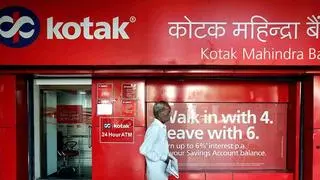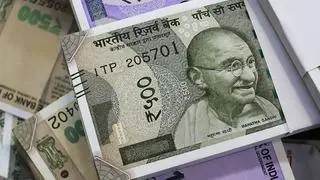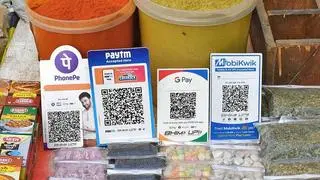Any merger entails some amount of leadership churn and attrition at the operational levels. In the case of the proposed HDFC-HDFC Bank merger, investors and stakeholders were assured by both managements that there would not be many exits in the combined organisation. Yet, three important people at the group may no longer be associated closely with the bank post the merger.
The first on the list may be Deepak Parekh, the veteran in the financial services sector, instrumental in creating numerous financial institutions. Aged 77, the watertight norms prescribed by the RBI on who can hold board positions in banks would be to Parekh’s detriment. With the ceiling on the permissible age at 70, Aditya Puri and Romesh Sobti (who just turned 70 in 2020), despite attempts to hold on to their position as MD & CEO of HDFC Bank and IndusInd Bank, respectively, didn’t find success.
Having a discussion with the regulator for a continuance in the merged bank is an option that Parekh is not even willing to explore. He made this clear at the press conference held on Monday. Keki Mistry, Vice-Chairman and CEO, HDFC, and Renu Sud Karnad, Managing Director, HDFC, are two other old-timers at the group. Aged 67 and 69, respectively, they are unlikely to hold operational positions at the bank. While Mistry may continue as a non-executive director of the merged entity for a year or so, Karnad may have breached the 70-years mark when the merger formalities conclude. In short, the big wigs may be paving way for much younger Sashidhar Jagdishan (55 years) to take the reins of the merged bank as its MD & CEO.
There are two equally important old-hands at the housing finance company: V Srinivasa Rangan, who started his career with the HDFC in 1986 soon after qualifying as a chartered accountant. Rangan is the executive director of corporation and is the go-to person for anything related to treasury and fundraising. Same is with Conrad D’Souza, who is in fact senior to Rangan by two years at HDFC, and has helmed the investor relations for several years. With Rangan and D’Souza’s functions already established at HDFC Bank, and the two seen as a people very close to the Parekh-Mistry team, will they be comfortable under a new leadership in the merged entity?
From HDFC Bank’s perspective, if it doesn’t have to hand hold the entire team of HDFC, that’s a reasonable cost saving opportunity. It may also be the only feasible option to protect the downside risk to the bank’s profitability post the merger. Given that the merger as such will be depletive on the bank’s net interest margin (NIM) keeping the cost to income ratio (now at 36 per cent) in control is the only option to arrest further pressures to its NIMs. Repricing its liabilities is not an immediate possibility and increasing the cost of assets (or interest rates on loans) would juice out the bank’s competitive edge. A higher than estimated attrition may be a blessing in disguise for the bank.
To sum up, inevitably the merger could be an end of the era for many veterans at the group. But certainly one that would end on a high note. After all, how often does a merger result in a behemoth bank with a ₹20-lakh crore book!









Comments
Comments have to be in English, and in full sentences. They cannot be abusive or personal. Please abide by our community guidelines for posting your comments.
We have migrated to a new commenting platform. If you are already a registered user of TheHindu Businessline and logged in, you may continue to engage with our articles. If you do not have an account please register and login to post comments. Users can access their older comments by logging into their accounts on Vuukle.